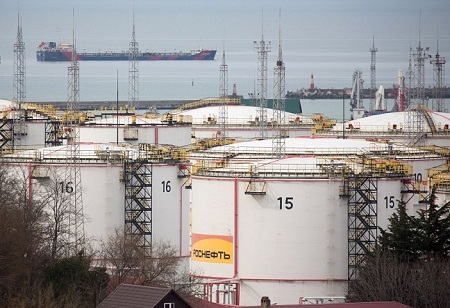As per energy cargo tracker Vortexa, India imported a record amount of crude from Russia in January, or 28% of its overall imports, with no impact from the West's price ceiling on Russian oil. Compared to December, India received 1.27 million barrels per day (mbd) more of Russian oil in January, followed by China with 0.98 mbd and Europe with 0.27 mbd.
For the fourth consecutive month in January, Russia continued to be India's top crude supplier, increasing its market share from 26% in December. Additionally increasing by one percentage point each in a month, Iraq, Saudi
Arabia, and the UAE saw their shares rise to 20%, 17%, and 8%, respectively. In January, the US's portion increased from 7% to 9%, while Africa's share decreased from 9% to 6%. Compared to what was anticipated, the Russian oil market has operated far more smoothly since the West implemented the price restriction on December 5. According to Serena Huang, analyst at Vortexa, "Russian Urals are now trading below the price cap, and the accessibility of sufficient tonnage supply from existing and incumbent vessel owners have permitted ongoing exports of Russian oil thus far." Any Russian cargo that was purchased for more than $60 per barrel is off limits to shippers, insurers, and financiers in the US and its allies.
The Western limits related to the cap, however, did not take effect because the Urals remained below the cap in December and January. 80 percent of the Russian crude that India imports comes from the Urals. The other two grades, Espo and Sokol, which accounted approximately 8% of India's Russian imports, are currently trading at between $74 and $78 per barrel. Russia has been employing its own fleet of ships and those from friendly nations for the transportation of such crude, which is trading above the price cap.
India's total crude imports decreased by 6% in January compared to the previous month to 4.6 mbd. 47% of all Russian crude imports in January came from private refiners like RIL and Russia-backed Nayara Energy.
